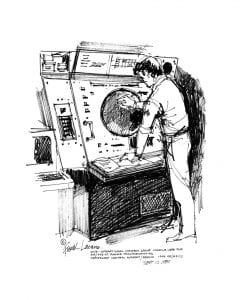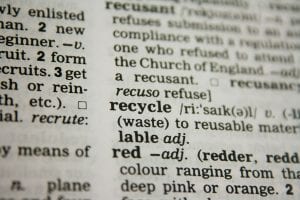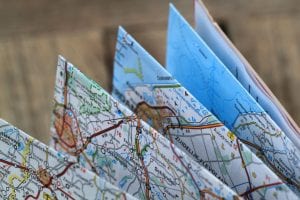Why I do #PBL
Sheri Edwards recently posted about how working on hobbies helps instill a desire for #lifelonglearning and a willingness to #struggle. She pointed to #GeniusHour as one way to incorporate student-centered hobbies during the school day.
Absolutely! In my #PBL practice, I put a lot of thinking, planning/designing and #reflection into finding ways to make the academic work the teens do as compelling as possible. I apply the High-Quality PBL framework to my designs. As part of that framework, I offer students a lot of #VoiceAndChoice in how they develop their projects and in how they present their evidence of learning.
I commit to implementing projects that challenge, engage, and support students as described by the six #HQPBL criteria.
Notwithstanding, there are times I get frustrated with what I perceive as a lack of enthusiasm, or a lack of devotion to their work. It is in these moments that feedback from an outside audience reminds me of how capable these students are.
At our student showcase in December, a group was presenting a video documentary. They encountered some technical difficulties related to projecting from a laptop to a large screen. With no apparent anxiety, they persevered in their troubleshooting and soon the video was smoothly rolling for the audience to enjoy.
At the end of the showcase, one of the audience members came up to me and said, “Wow, it’s amazing that they knew how to fix the problem! I would have had no idea where to even start!”
It is true that my students, through regular practice, develop a variety of technology skills. Since they use #realworld tools and apps, and sometimes know more about the technologies they are working with than I do, they become adept at figuring things out. When they encounter #failure, or a product works differently than they expect, they momentarily retreat. Then, they consult among themselves, look at YouTube videos, “ask Google,” and occasionally even ask me.
In other words, they are #problemsolving, one of the “Seven Survival Skills” identified by Tony Wagner in his work on transforming education. It is moments like these that cause me to recommit to the chaotic, messy, exhilarating process called project-based learning.

